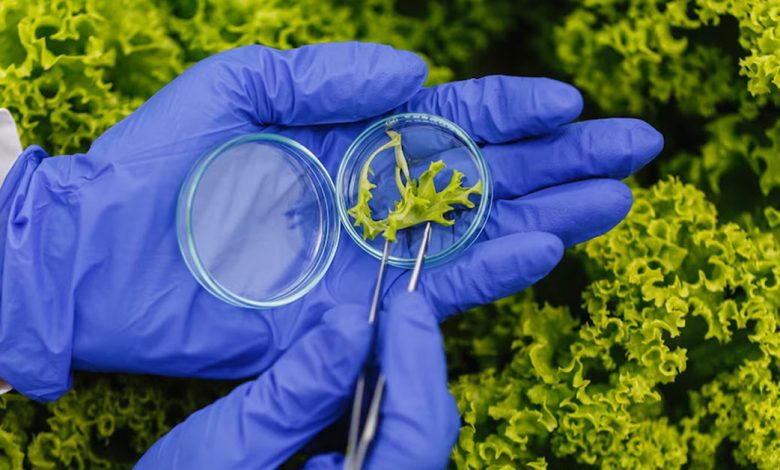Daily Current Affairs for UPSC
India’s pharmaceutical industry
Syllabus- Government Policies and Interventions [GS Paper-2]

Context- India’s pharmaceutical industry, renowned as the largest manufacturer of generic medicines globally, has faced huge difficulties related to product quality and safety.
What are the Incidents Featuring Quality Control Disappointments?
- 12 Jammu children died in January 2020 from kidney poisoning caused by contaminated medicine that contained diethylene glycol.
- In Walk 2021, Nycup syrup was found to have lower levels of dynamic fixings.
- In October 2022, the World Health Organization (WHO) delivered a medical product ready, which are supposed to be connected to intense kidney injury in youngsters and 66 passings in the little West African country of Gambia.
- Unacceptable levels of diethylene glycol and ethylene glycol, both of which are harmful to humans, had been found to be present in four products manufactured by Maiden Pharmaceuticals, which has its headquarters in India.
- The Central Drugs Standard Control Organization (CDSCO) launched an investigation into the December 2022 deaths of 18 children in Uzbekistan that were allegedly caused by Marion Biotech’s cough syrup.
- Recently, US Centers for Disease Control and Prevention (CDC) and the Food and Drug Administration (USFDA) raised worries over a medication safe microbes strain supposedly connected to eye drops imported from India.
- 48 drugs were found to not have met quality standards after recent regulatory inspections.
- Substandard quality was found in 3% of drugs used to treat common conditions like hypertension, allergies, and bacterial infections.
How does India’s pharmaceutical industry currently stand?
- Globally, India is the largest manufacturer of generic drugs. Its pharmaceutical industry has a significant impact on the lives of the world’s poor by providing generic medicines at affordable prices.
- It is a major pharmaceutical exporter, with over 200 countries served by Indian pharmaceutical exports, and is currently valued at USD 50 billion.
- By 2030, it is expected to reach USD 130 billion and USD 65 billion, respectively.
Major Obstacles for India’s Pharmaceutical Industry
- Infringement of IPR Rules:
-
-
- Disputes with multinational pharmaceutical companies have arisen as a result of allegations that Indian pharmaceutical companies have violated Intellectual Property Rights (IPR) laws.
- In 2014, the Swiss pharmaceutical company Roche and the Indian drug manufacturer Cipla were involved in one of these cases.
- By developing a generic version of the cancer drug Tarceva, Cipla, according to Roche, violated its patent. The conflict grew out of control, resulting in a legal battle between the two businesses.
- In 2016, the Delhi HC decided for Roche, certifying that Cipla had without a doubt disregarded Roche’s patent freedoms. Cipla was ordered to compensate Roche for its losses.
- Cost and Accessibility: India is well-known for its ability to manufacture generic drugs, which have helped make healthcare more affordable worldwide.
- However, pharmaceutical prices in India continue to be a major concern. It is difficult to strike a balance between the need for affordable medicines and pharmaceutical companies’ profitability.
- Access to healthcare infrastructure: In spite of areas of strength for India industry, admittance to medical services remains a test for a huge part of the populace.
- Access to medicines is hindered by issues such as a lack of coverage for health insurance, an uneven distribution of healthcare facilities, and an inadequate healthcare infrastructure.
-
- Initiatives Related to the Government:
-
-
- Promotion of Bulk Drug Parks Scheme Strengthening Pharmaceuticals Industry Scheme Production Linked Incentive (PLI) Scheme What Measures Can Be Taken to Reform India’s Pharma Sector?
-
- Regulative Changes and Incorporated Data set:
-
- The Drugs and Cosmetics Act of 1940 needs to be changed, and establishing a centralized drugs database can improve surveillance and ensure that all manufacturers are subject to effective regulation.
What Steps Can be Taken to Reform India’s Pharma Sector?
- Promotion of Certification:
-
-
- Empowering more drug producing units to get WHO’s Great Assembling Practice accreditation can raise vast quality guidelines.
-
- Credibility, accountability, and transparency:
-
-
- India’s drug regulatory system must be improved by working together with the industry and regulator to make it transparent, trustworthy, and in line with international standards.
- Accountability can be ensured by making records of drug application reviews, inspections, and violations public.
- The Drugs Controller General of India (DGCI)’s decision to revoke the manufacturing licenses of 18 pharmaceutical companies is a positive development.
- However, in order to address the underlying causes of quality issues, more extensive measures are required.
-
- Concentrate on Eco-Friendly Manufacturing Methods:
-
- Green chemistry, reducing waste, and improving energy efficiency are all examples of sustainable manufacturing practices that can improve the sector’s environmental sustainability while also cutting costs.
- A positive brand image and the attraction of environmentally conscious customers can both result from environmentally friendly practices.





.png)



